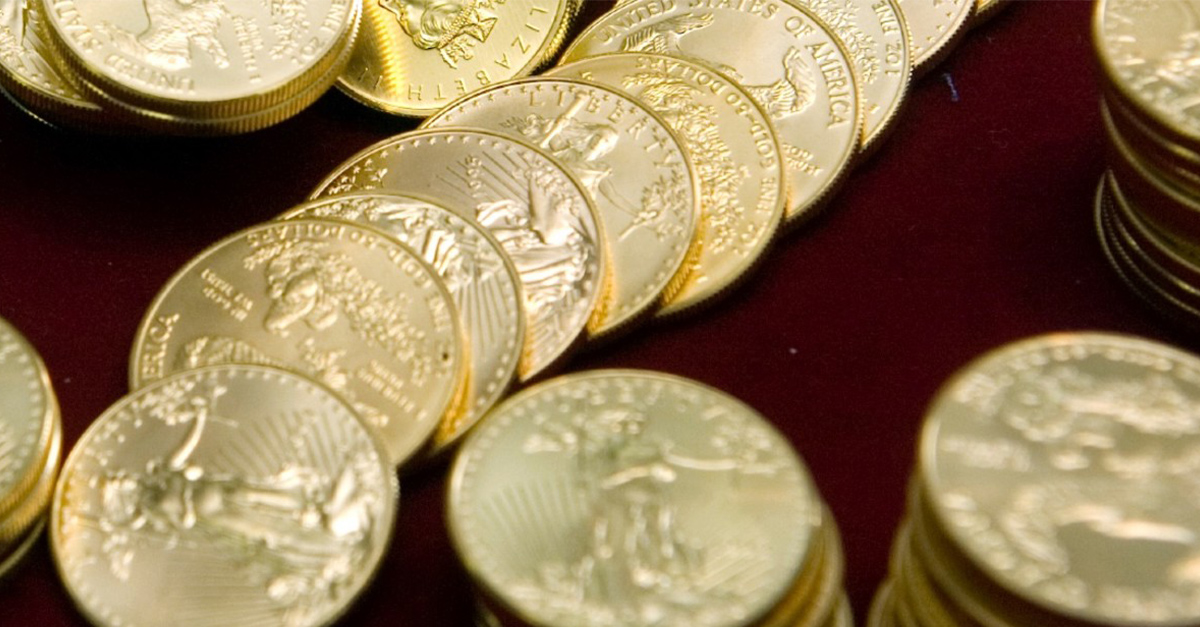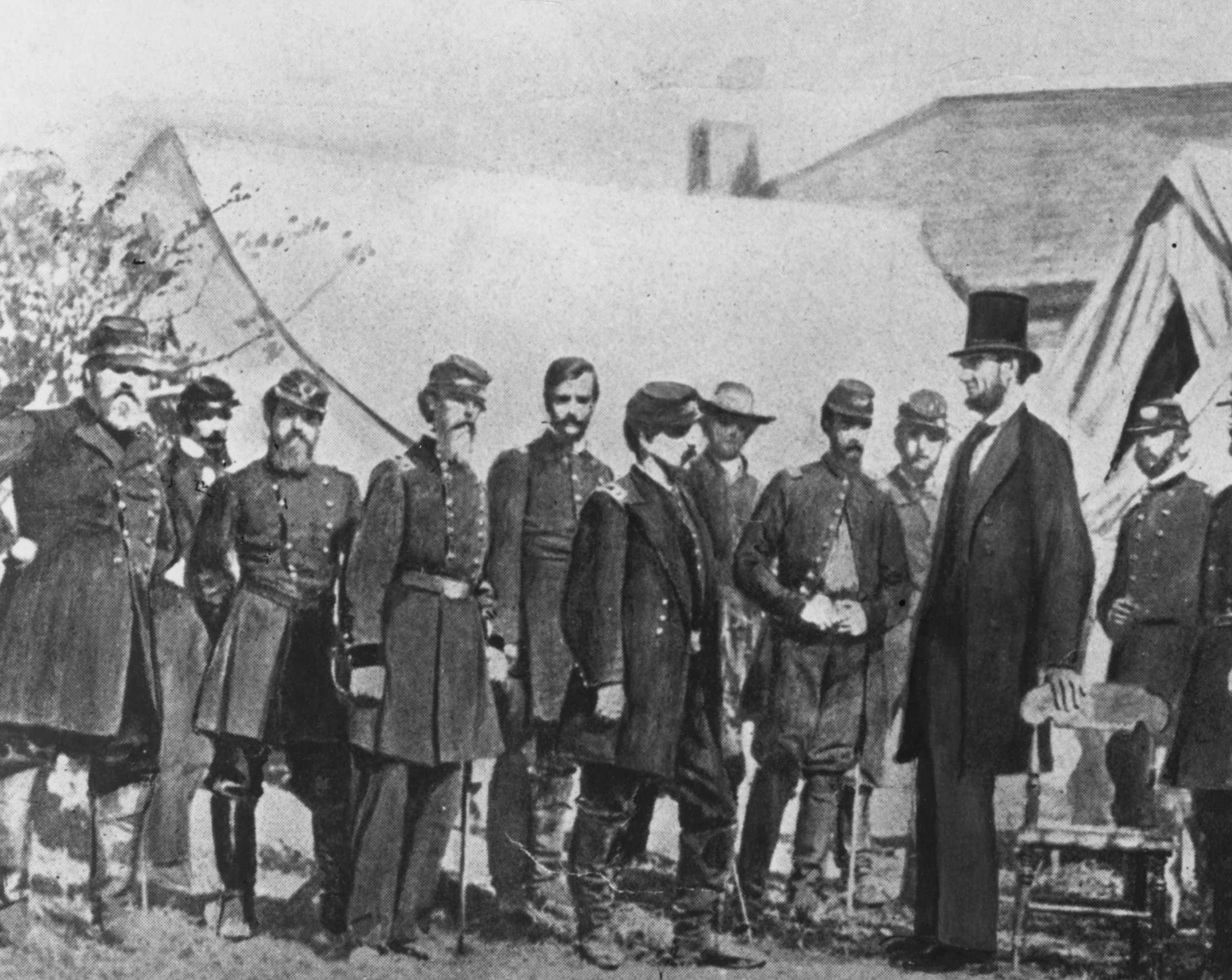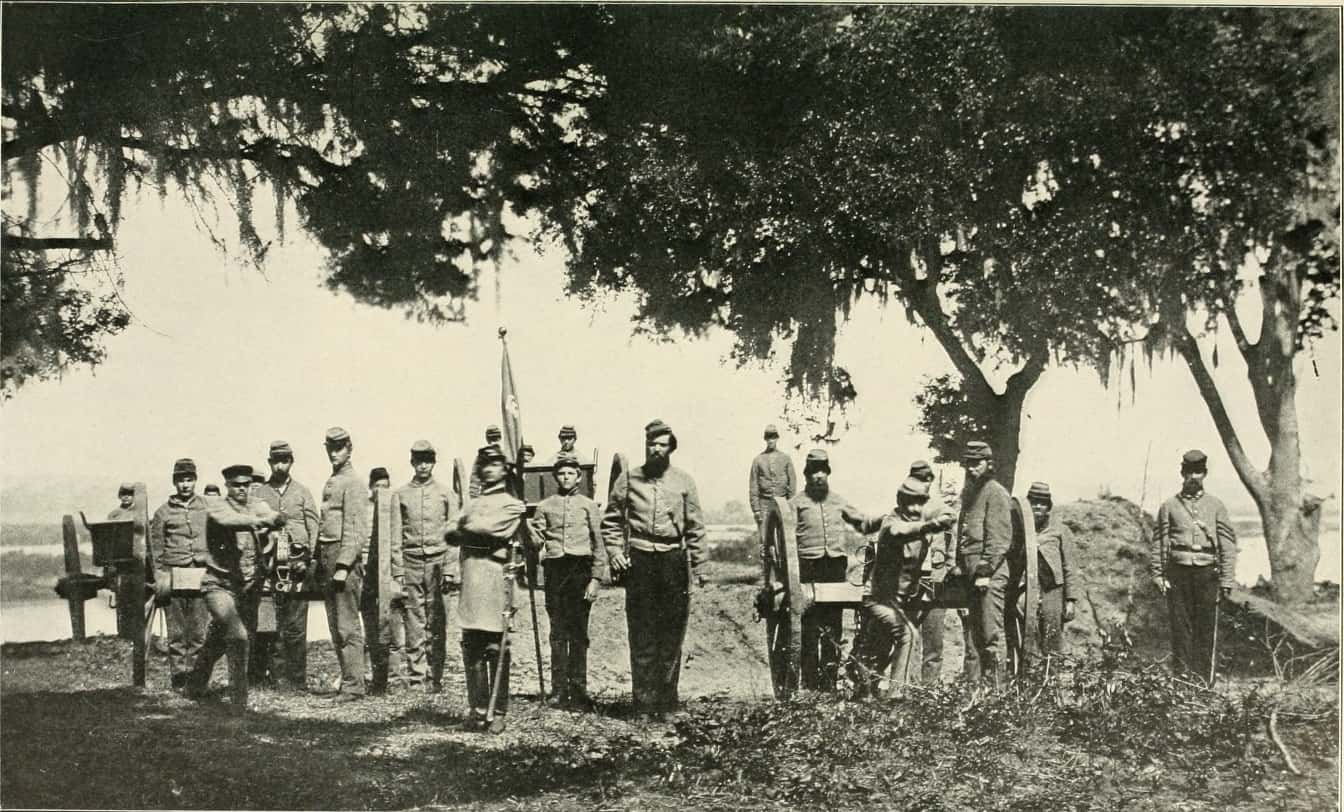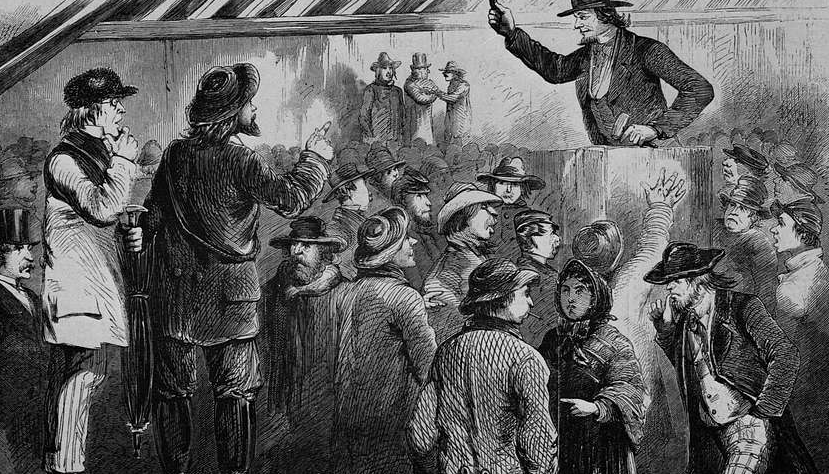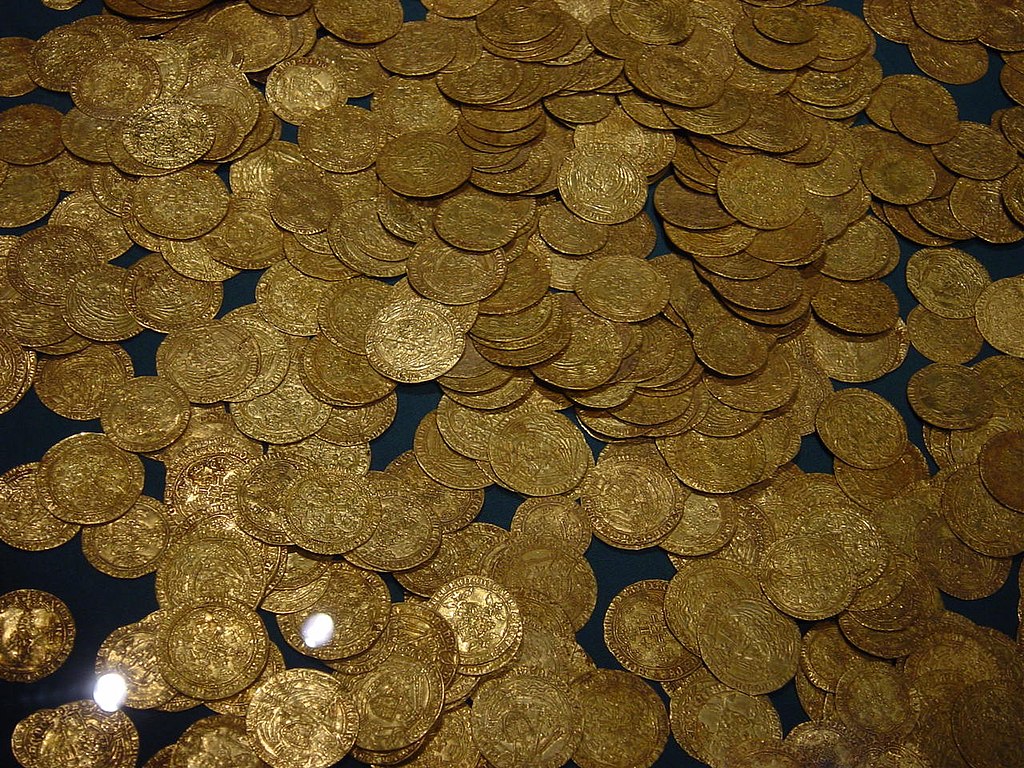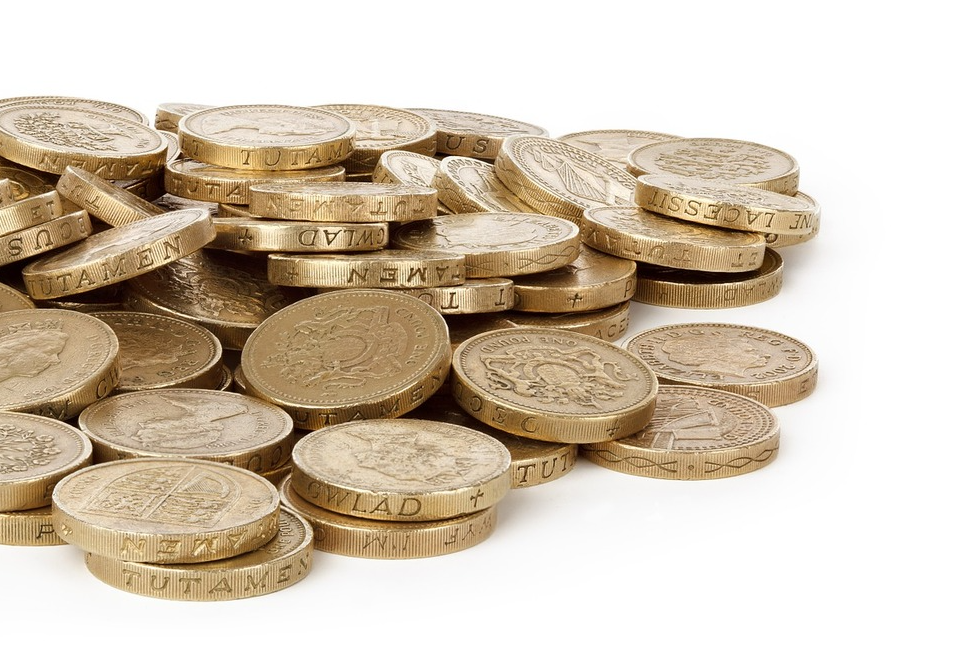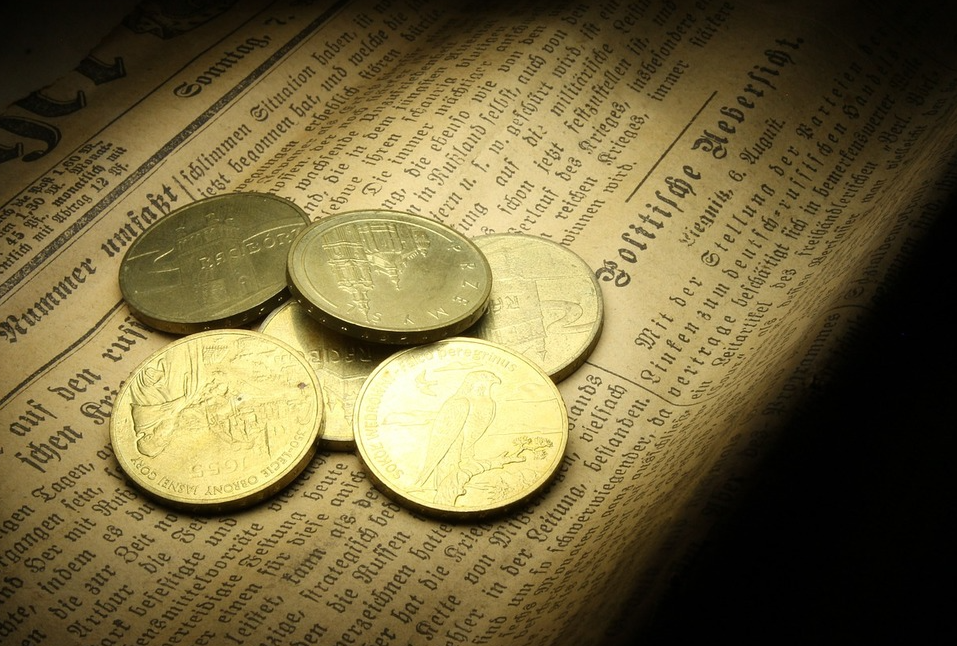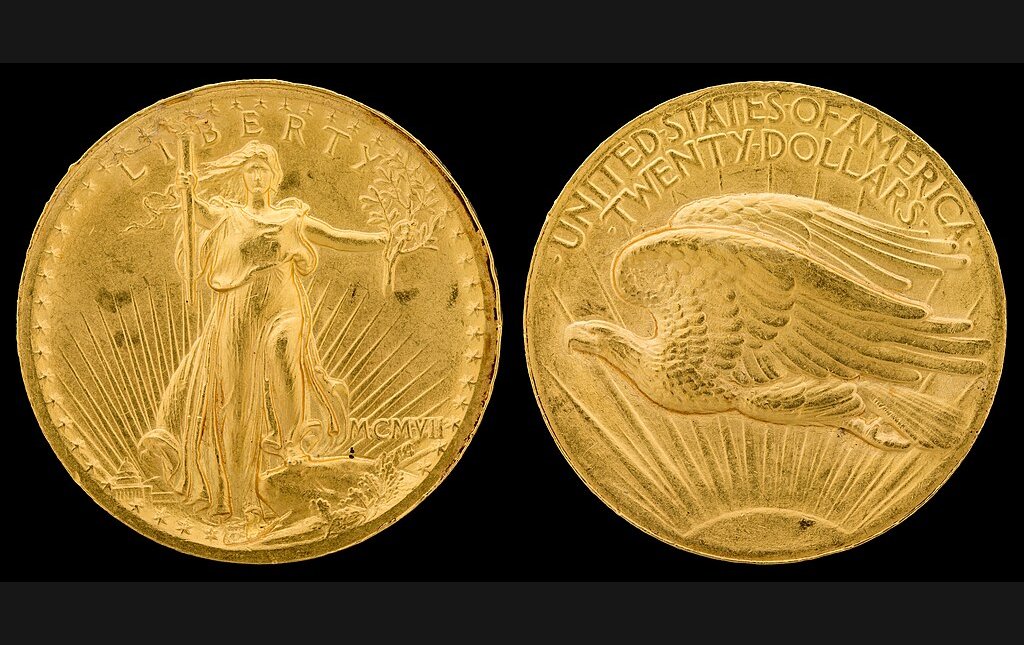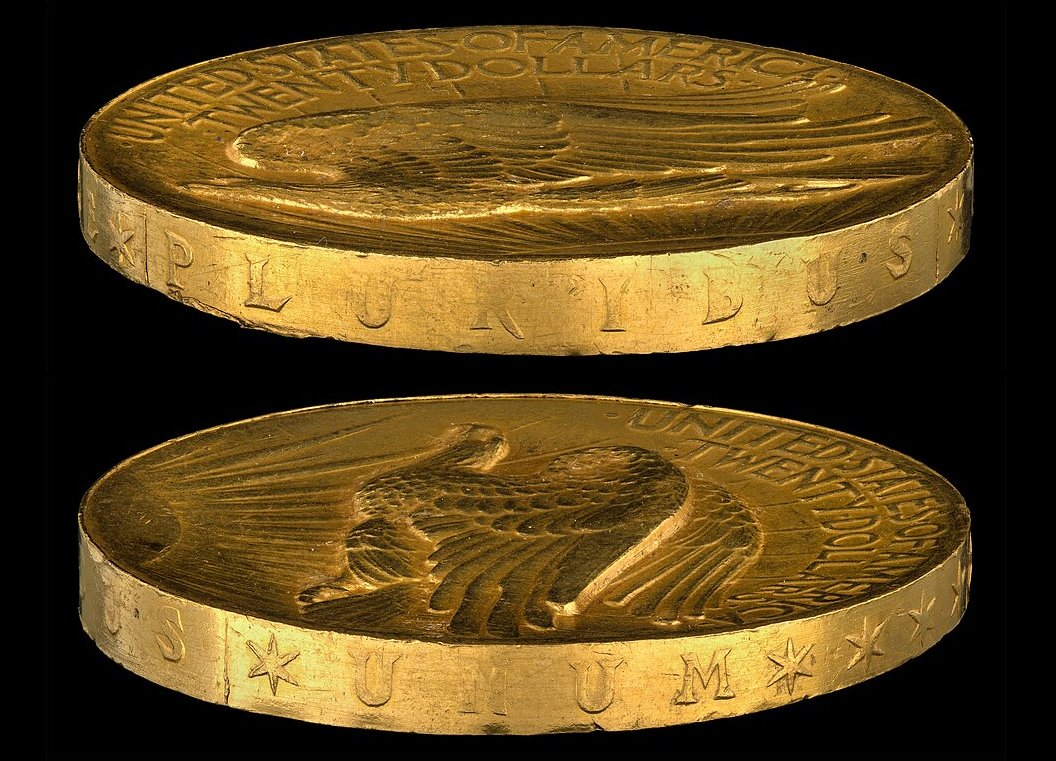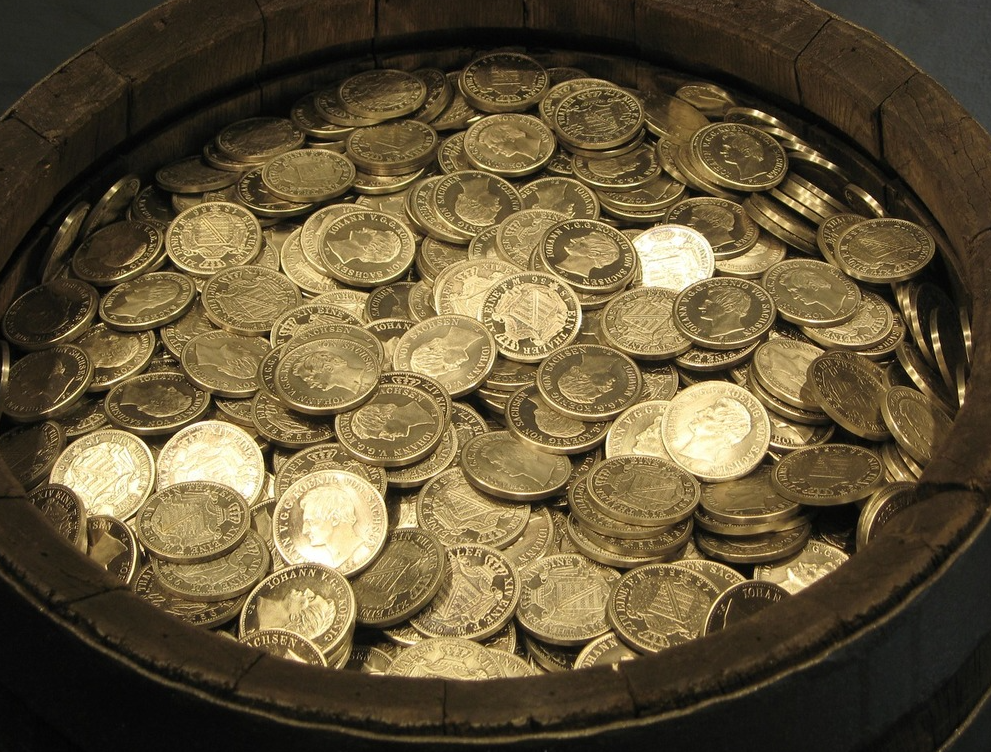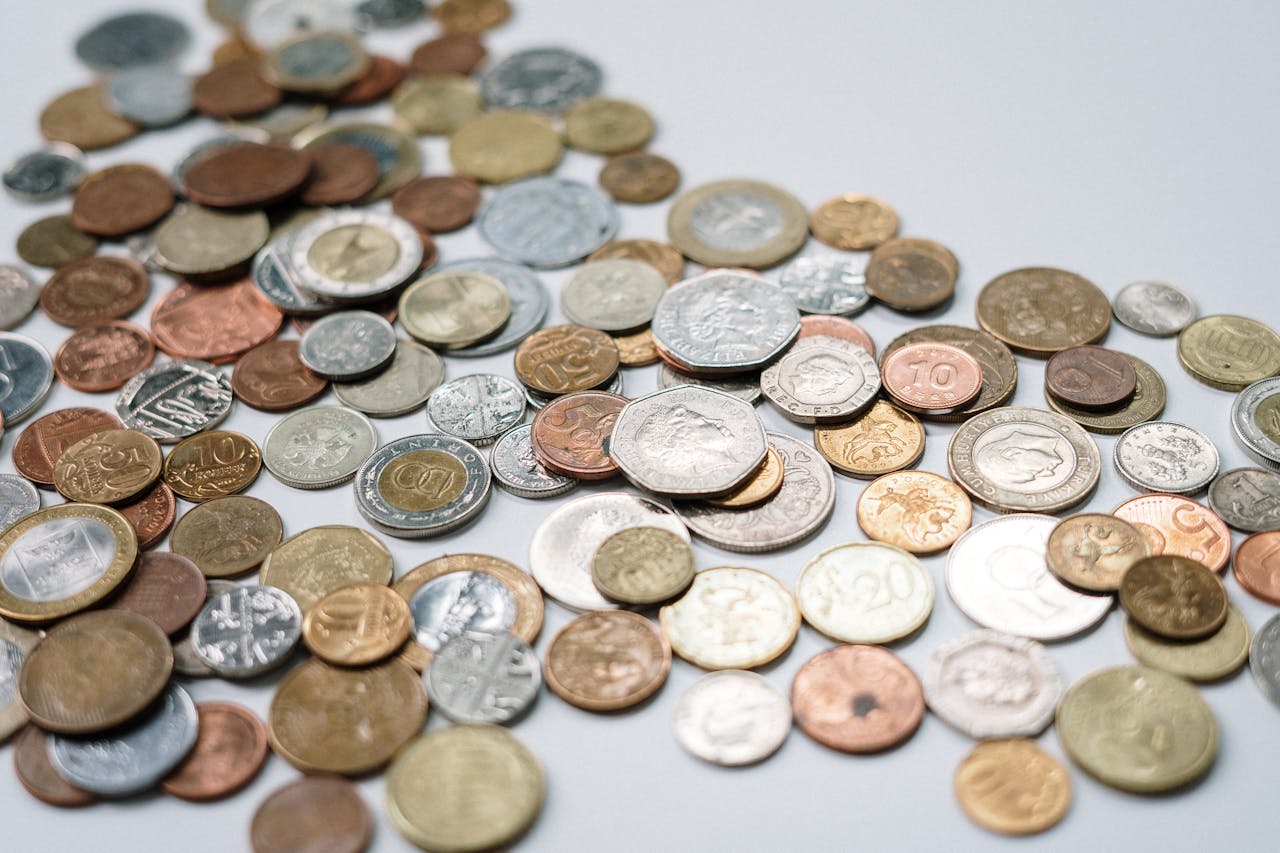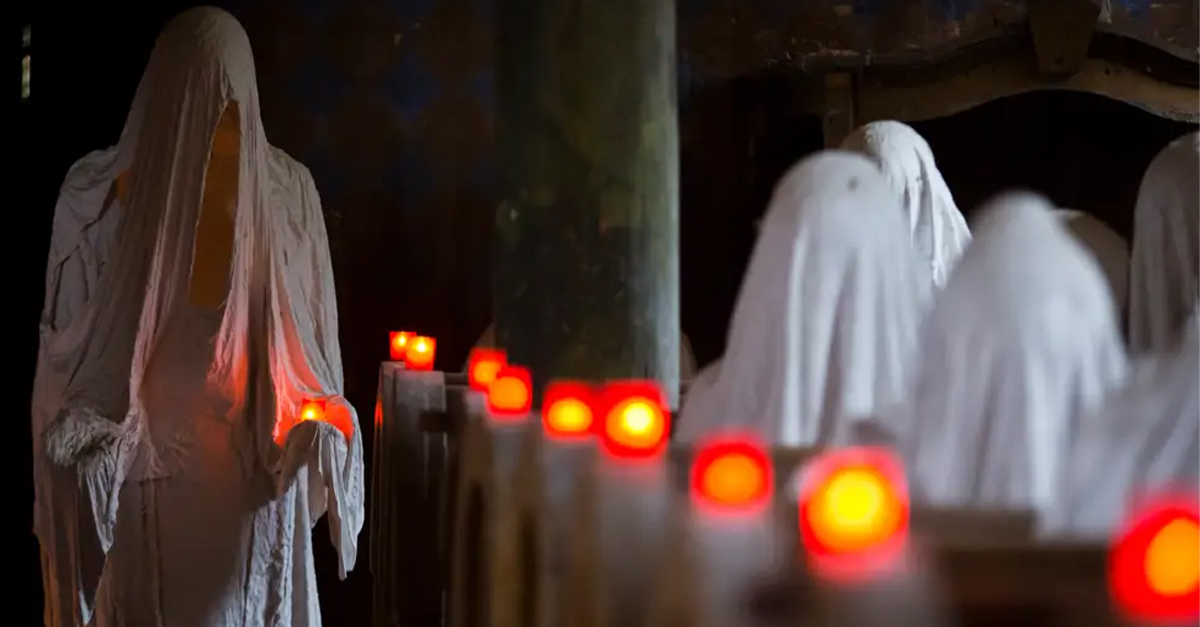Buried Treasure
Digging up a cache of gold coins sounds like something we would hear about in a Pirates of the Caribbean movie, involving eye-patch-wearing scoundrels on a tropical island somewhere. This, however, is not the case with the Kentucky Gold Hoard.
An Unusual Crop
The Kentucky Gold Hoard was found in the middle of a farm in rural America. One can imagine digging up vegetables or old equipment in such a place, but certainly not buried treasure. But that's exactly what happened one day in 2023.
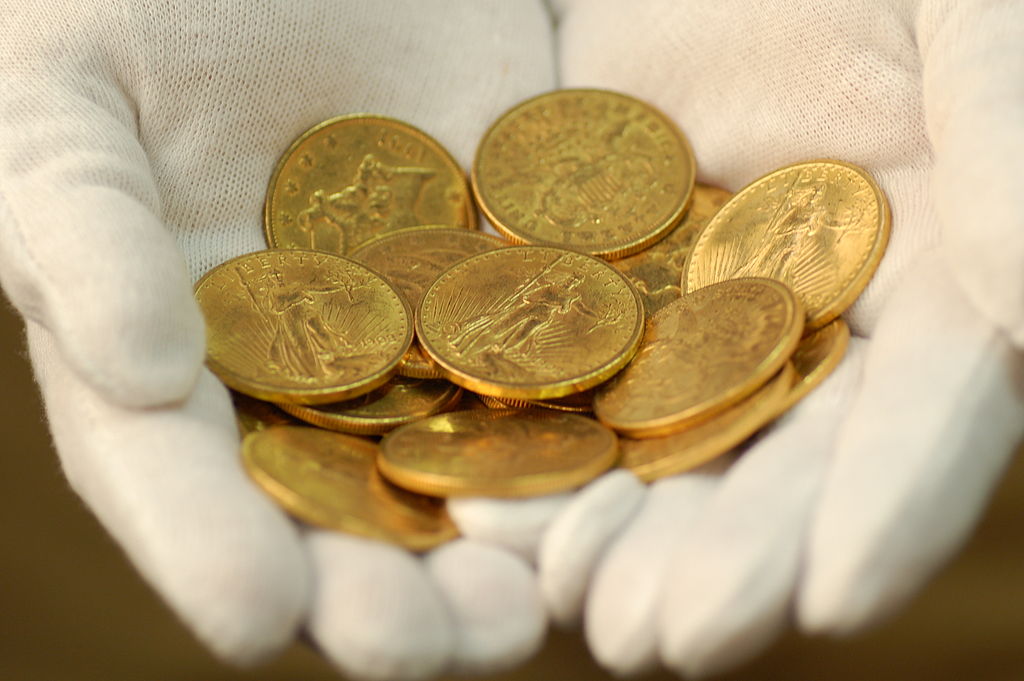 Portable Antiquities Scheme, CC BY-SA 2.0, Wikimedia Commons
Portable Antiquities Scheme, CC BY-SA 2.0, Wikimedia Commons
Modern Treasure Hunting
For the most part, treasure hunters don't just pick a spot and start digging. One of the most important pieces of equipment for the modern treasure seeker is a metal detector. These devices scan across the ground and let the user know if metal is somewhere beneath the surface.
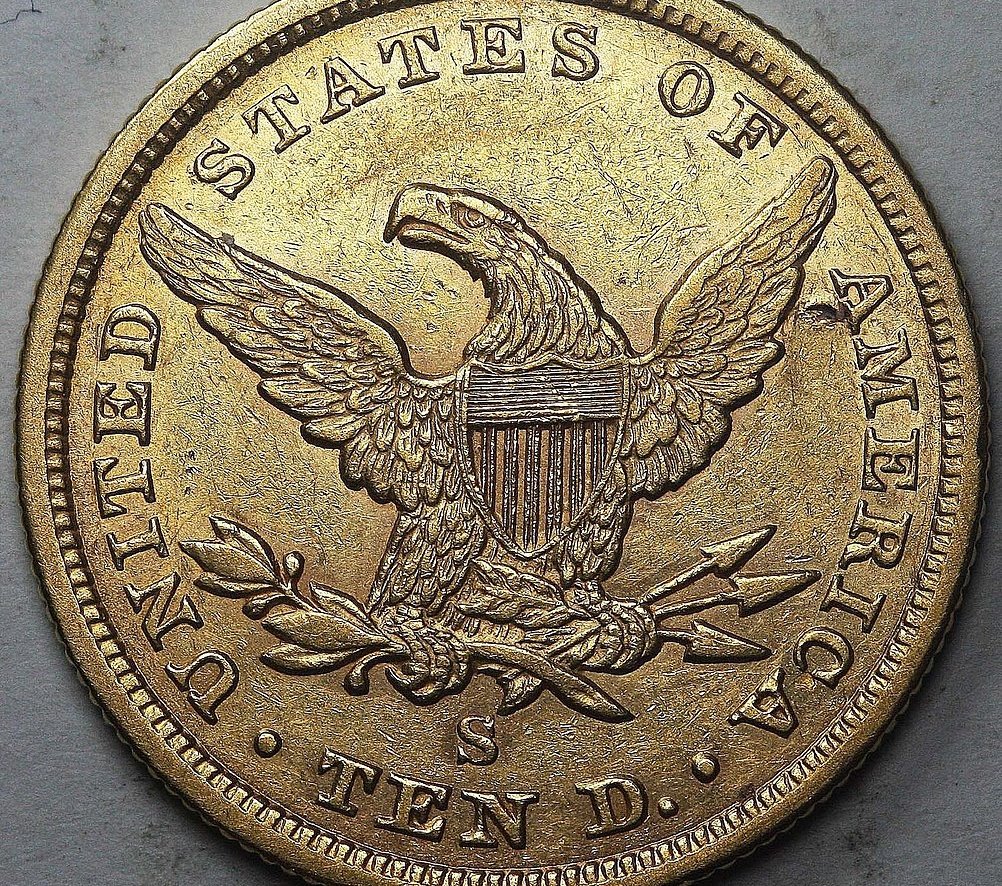 Lost Dutchman Rare Coins, Wikimedia Commons
Lost Dutchman Rare Coins, Wikimedia Commons
The Most Insane Thing
In a video posted to YouTube, an anonymous treasure hunter calls his find "The most insane thing ever". The video shows dirt-covered gold coins, some freed and some still buried. This is the stuff of treasure hunters' dreams.
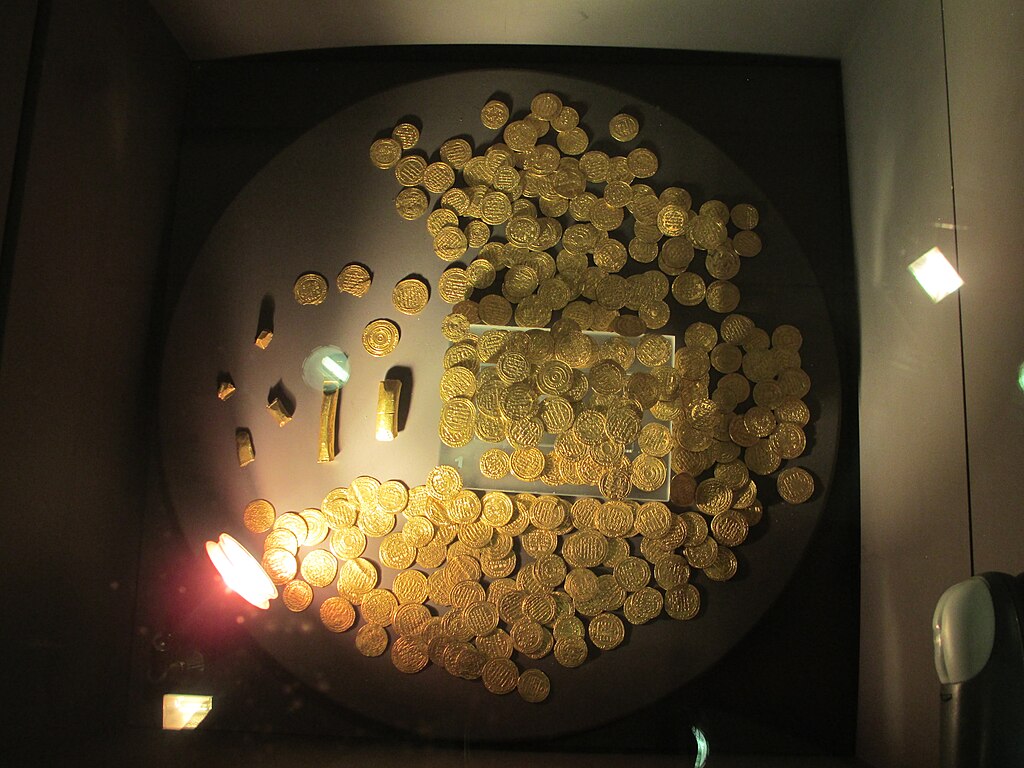 Dr. Avishai Teicher Pikiwiki Israel, CC BY 2.5, Wikimedia Commons
Dr. Avishai Teicher Pikiwiki Israel, CC BY 2.5, Wikimedia Commons
A Broken Country
To understand where this gold came from, we need to travel back in time a bit. The early 1860s were a tumultuous time for the United States. In fact, they weren't very united at all. And by April 1861, the country entered a bloody conflict.
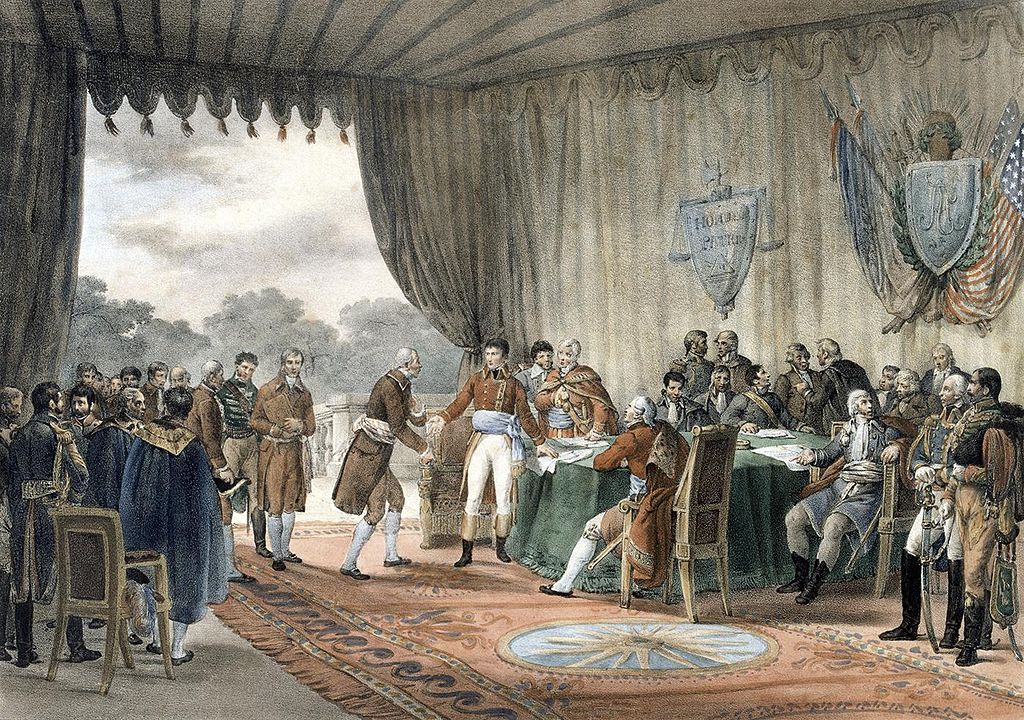 Victor Adam, Wikimedia Commons
Victor Adam, Wikimedia Commons
What Happened?
The election of Abraham Lincoln brought to a head some difficult issues in the US. Arguments over governance, culture, and, more importantly, the ownership of other people, had driven a wedge between the Northern and Southern states.
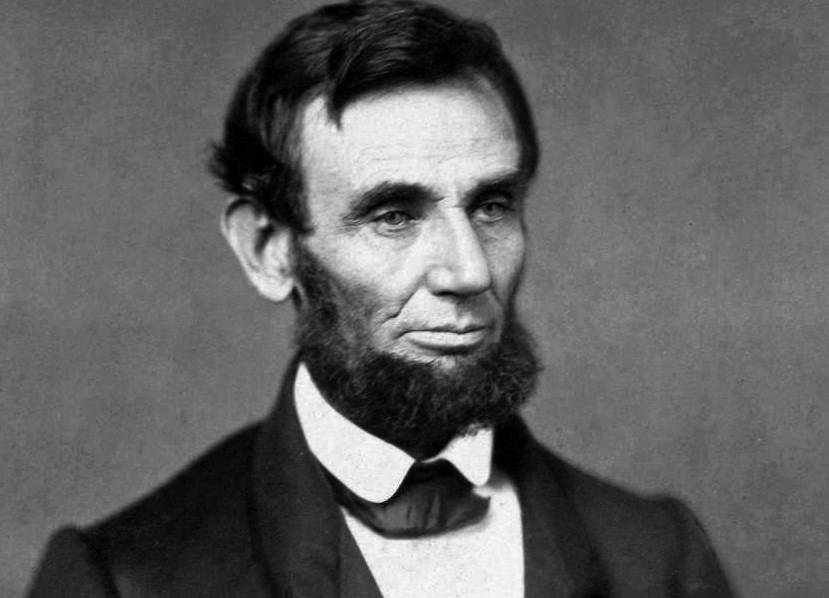 Unknown Author, Wikimedia Commons
Unknown Author, Wikimedia Commons
Not So Civil
There's a good chance you've heard of the American Civil War. It's called "civil" because it took place within a supposedly united country, not because everyone was very nice about it. In fact, it was a bloody and divisive conflict that continues to shape American culture.
North And South
The opposing forces in the conflict were the Northern Union and the Southern Confederacy. The primary difference between the two was that the South was in favor of continuing the use of slaves as part of the workforce. And between the two sides were several contested border states.
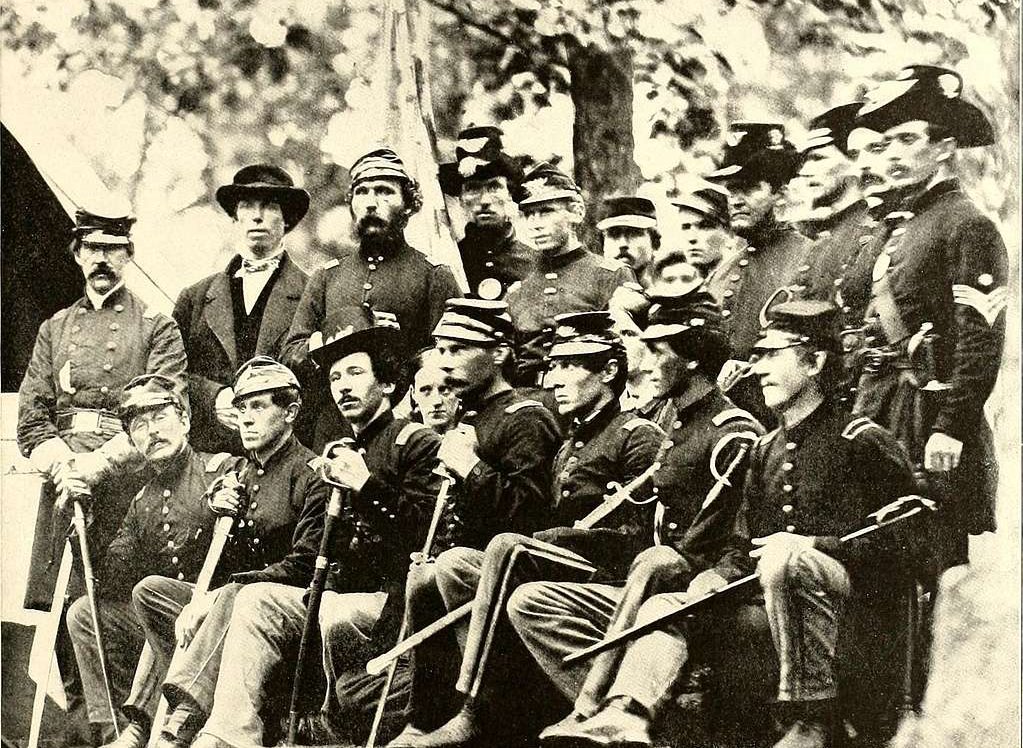 Miller, Francis Trevelyan, Picryl
Miller, Francis Trevelyan, Picryl
Neutral States
Maryland, Delaware, Missouri, West Virginia, and Kentucky sat along the border between the opposing forces. Because of this, these states adopted policies of neutrality to account for the fact that they shared allegiances with both sides in the conflict.
Policy Versus Practicality
But saying you're neutral and actually being neutral are two very different things. Citizens of these states divided their loyalties, with some supporting the secession of the Southern states and others supporting the anti-slavery Union states.
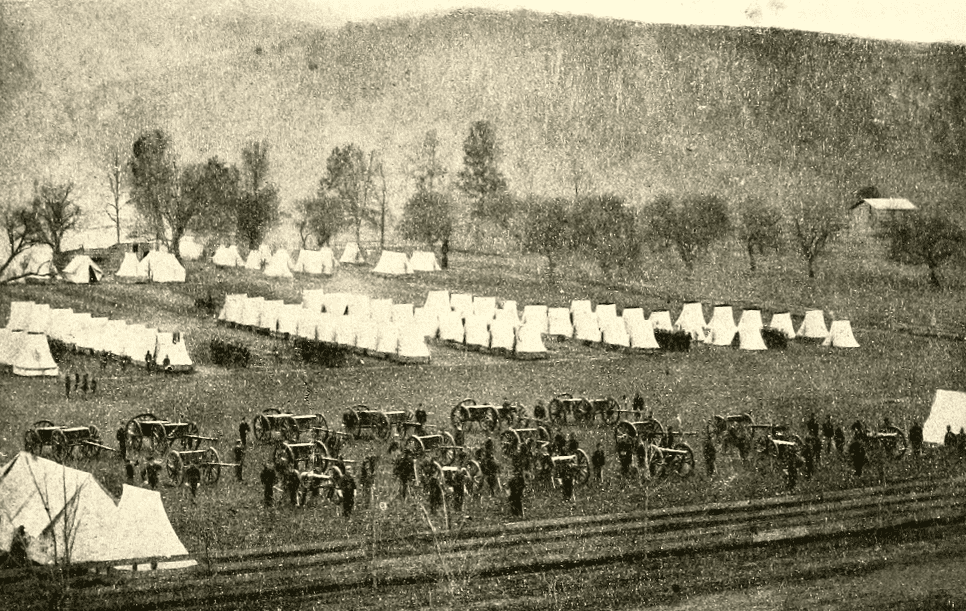 Internet Archive Book Images, Wikimedia Commons
Internet Archive Book Images, Wikimedia Commons
Fractured Families
The division within Kentucky resulted in family members finding themselves on opposite sides of a battlefield. Records indicate that about 100,000 Kentucky citizens fought for the Union, while about 40,000 served in the Confederate army.
Neutral No More
Kentucky's neutrality lasted only a few months. Confederate General Leonidas Polk marched across the border in September 1861, violating the state's neutrality agreement. As a result, Kentucky threw in with the anti-slavery Union forces.
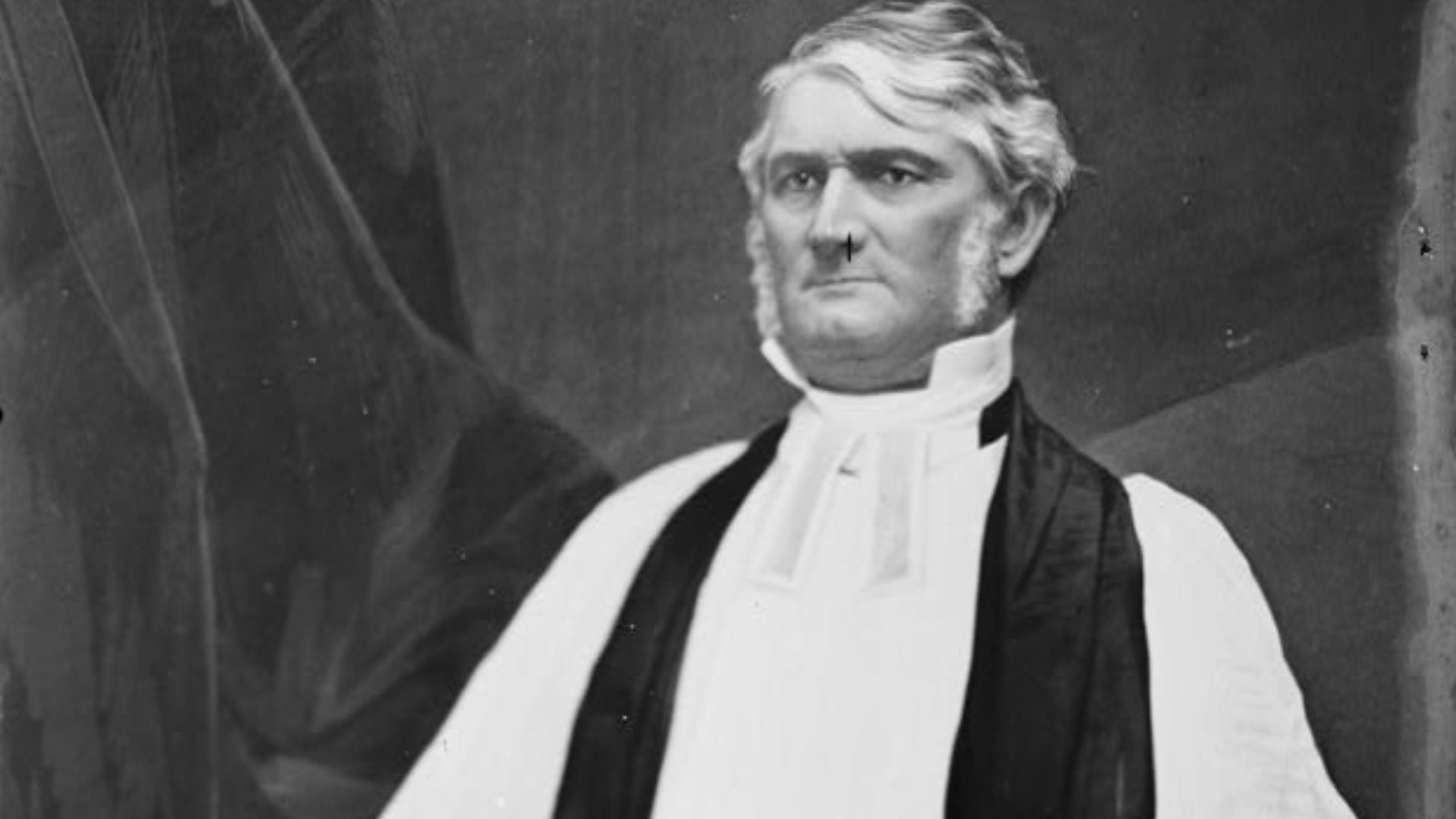 Mathew Benjamin Brady, Wikimedia Commons
Mathew Benjamin Brady, Wikimedia Commons
Raiding Parties
Once Kentucky had declared its support for the Union, the border state became fair game for Confederate attacks. In 1862, John Hunt Morgan led the first of a number of raids into the state in an effort to terrorize citizens into changing sides.
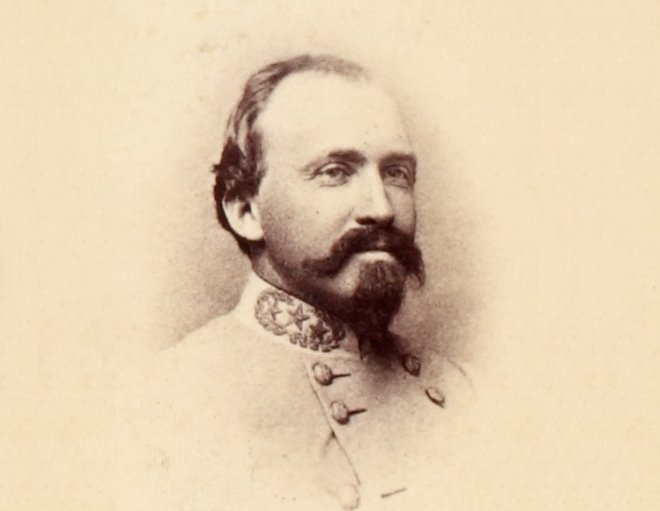 Library Company of Philadelphia, Wikimedia Commons
Library Company of Philadelphia, Wikimedia Commons
June To July 1863
Ryan McNutt, a conflict archaeologist, speculates that the hoard was buried ahead of a summer 1863 raid by Morgan. And although the raids were a large part of the Confederate plans, they did not fulfill the tactical goals Southern leaders hoped for.
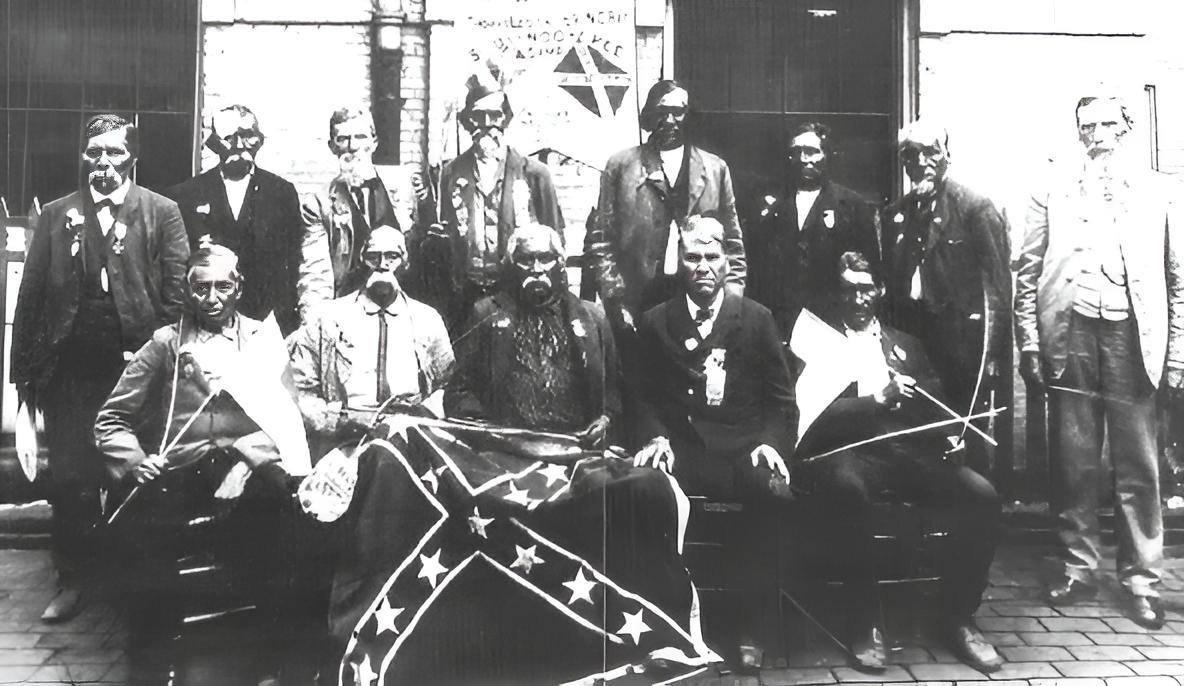 Unknown Author, Wikimedia Commons
Unknown Author, Wikimedia Commons
4 Years, 1 Month, And 2 Weeks
The conflict officially ended on May 26, 1865. The South was left in ruins, Abraham Lincoln had been assassinated a month earlier, and America started to pick up the pieces. And the legends of Kentucky's buried treasures began.
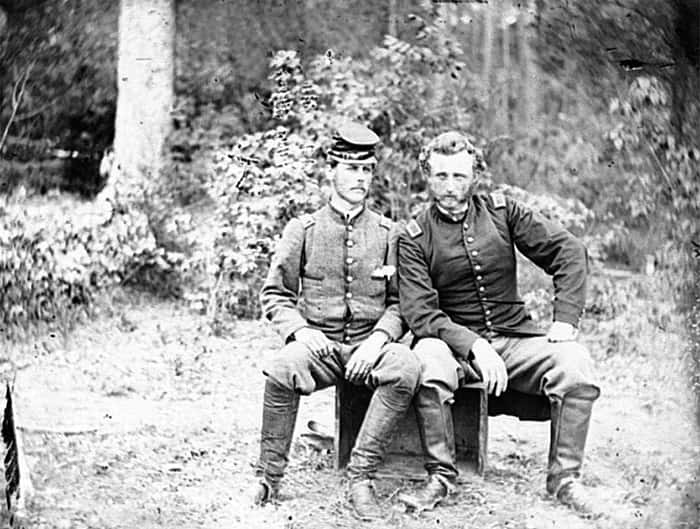 Brady, Mathew B., Wikimedia Commons
Brady, Mathew B., Wikimedia Commons
Vanishing Cash
While the conflict still raged, huge amounts of cash vanished from circulation. With so much uncertainty around the outcome of the war, people held onto their money, concerned about losing it if the government or banks lost power.
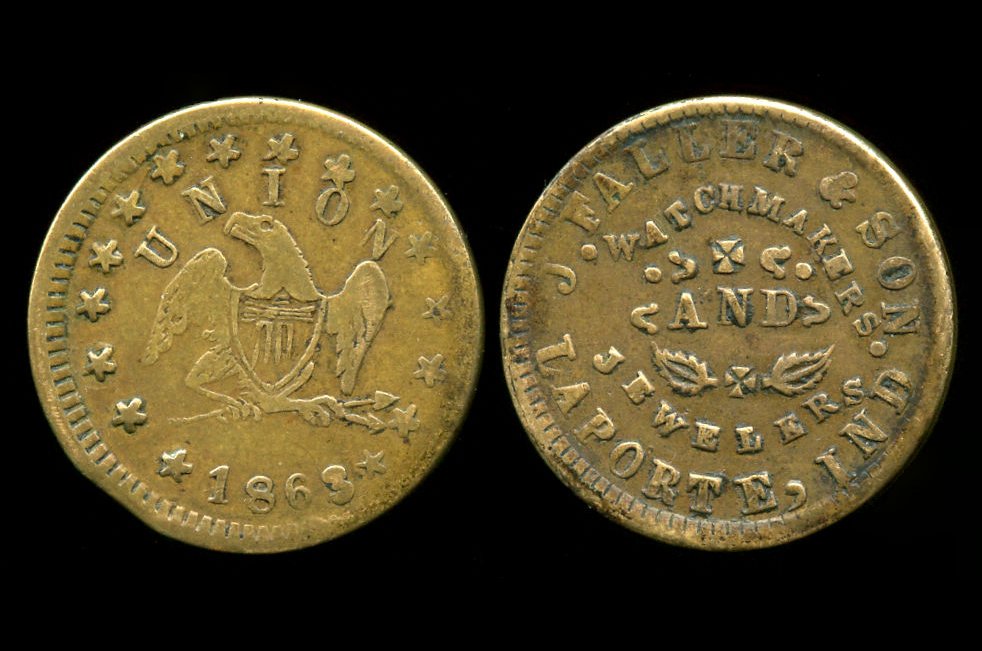 Steve Shook, CC BY 2.0, Wikimedia Commons
Steve Shook, CC BY 2.0, Wikimedia Commons
Insurance Policy
While we'll never really know the reason for the coins' burial, there is speculation that the owner hid them ahead of the Confederate raiding parties. Gold coins were federal currency, rather than Confederate, so owners may have worried about being discovered with Union-supporting cash.
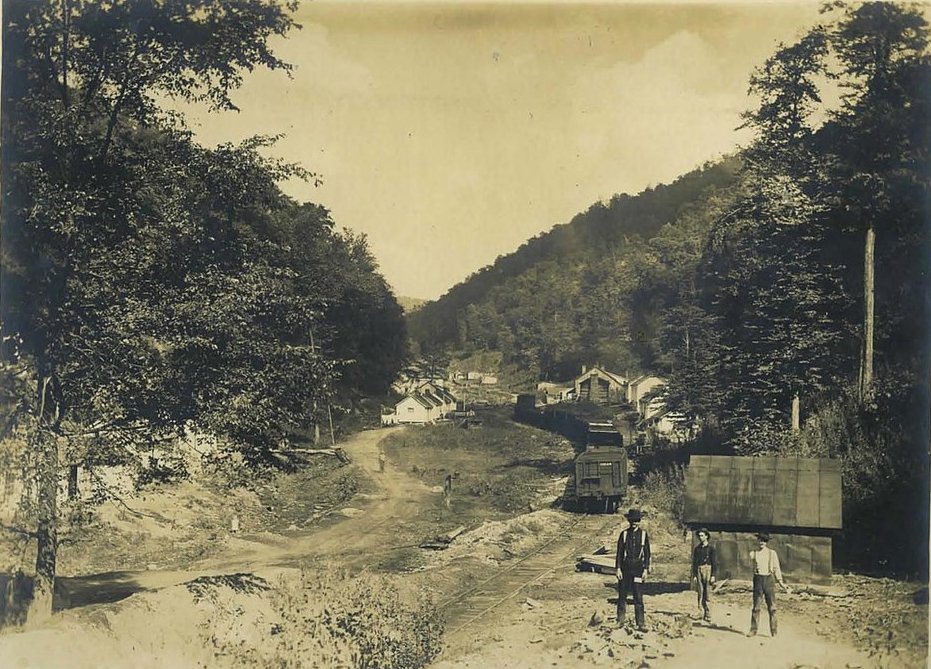 Internet Archive Book Images, Wikimedia Commons
Internet Archive Book Images, Wikimedia Commons
Not The Only One
The practice of burying your treasure was not uncommon in the border states during the Civil War. William Pettit is said to have buried $80,000 in gold coins somewhere on his farm, but he died before digging it up. The money is supposedly still out there somewhere
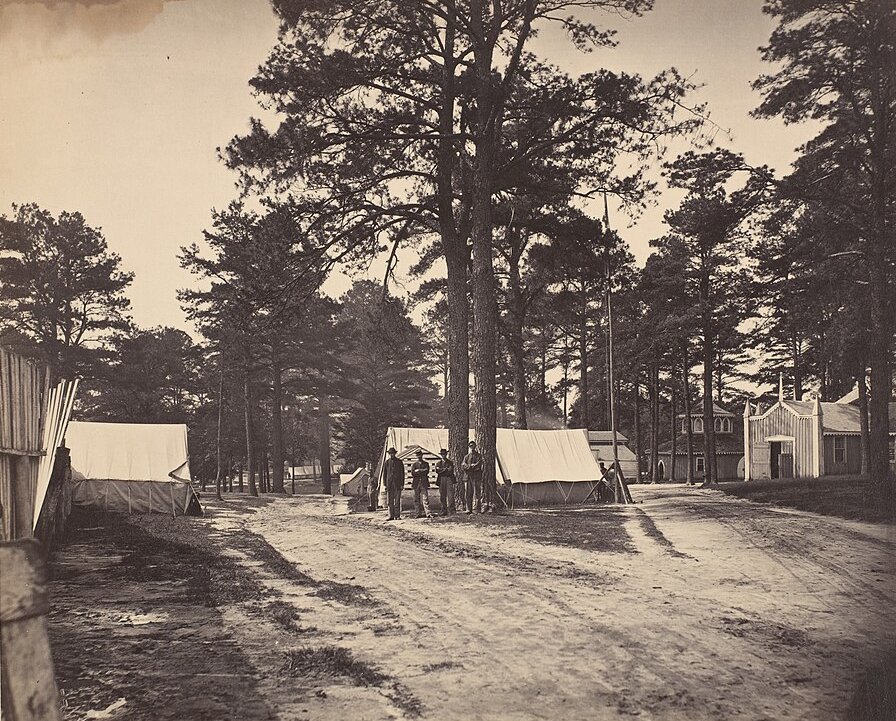 Thomas C. Roche, CC0, Wikimedia Commons
Thomas C. Roche, CC0, Wikimedia Commons
The Goldgrass State?
Though typically known as the Bluegrass State, Kentucky's long history of buried treasure earns it the unofficial name of the Lost Treasure State. It's even rumored that outlaw Jesse James buried stolen money all across the state, including a cache of $50,000 in gold coins.
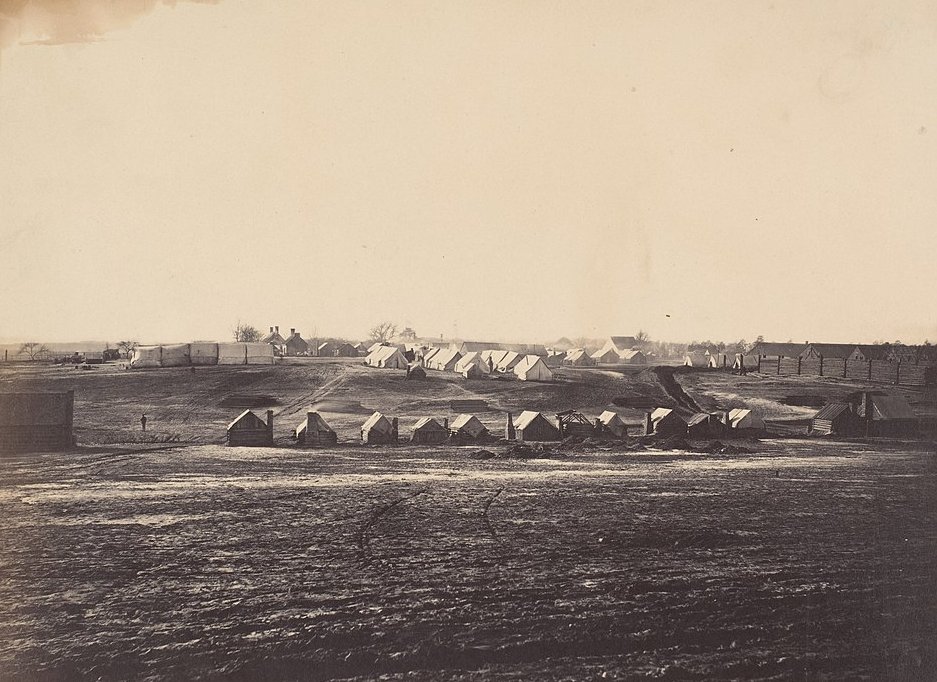 Thomas C. Roche, CC0, Wikimedia Commons
Thomas C. Roche, CC0, Wikimedia Commons
Not Just Buried, But Sunken
Kentucky is also home to rumors of sunken riverboats filled with treasure. Such finds might be a bit more difficult to locate than a buried cache, but they contribute to the idea that the state is just bursting with riches waiting to be discovered.
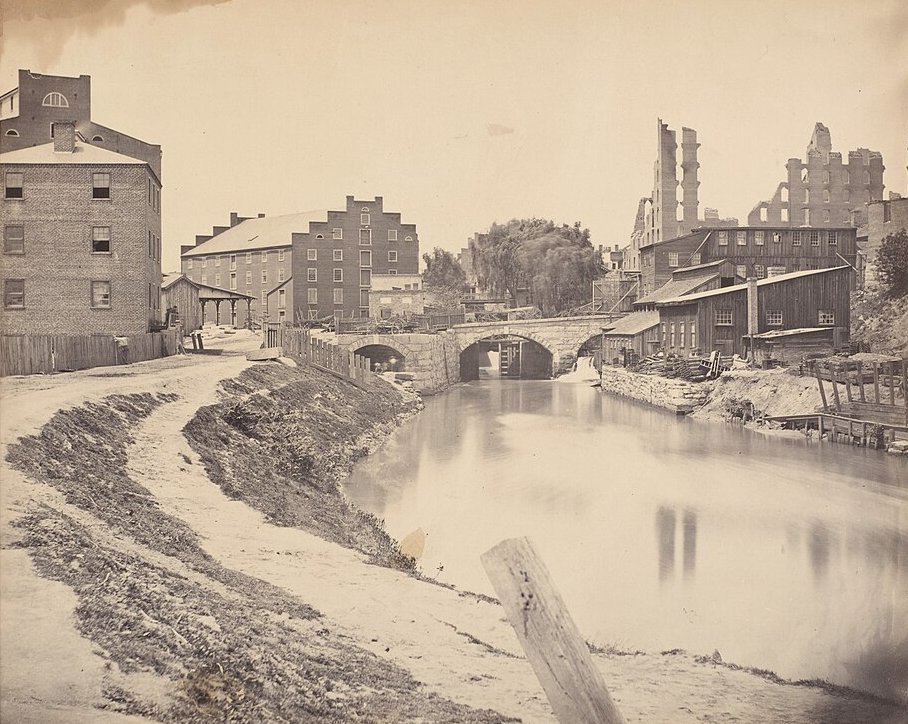 Thomas C. Roche, CC0, Wikimedia Commons
Thomas C. Roche, CC0, Wikimedia Commons
What Happened To The Hoard's Original Owner?
If you had buried a fortune in cash in a field, you'd very likely not have just left it there. So why did the Kentucky Gold Hoard stay buried for so long? When the conflict ended in 1865, the original owner may have forgotten where the buried treasure was, or simply may not have survived.
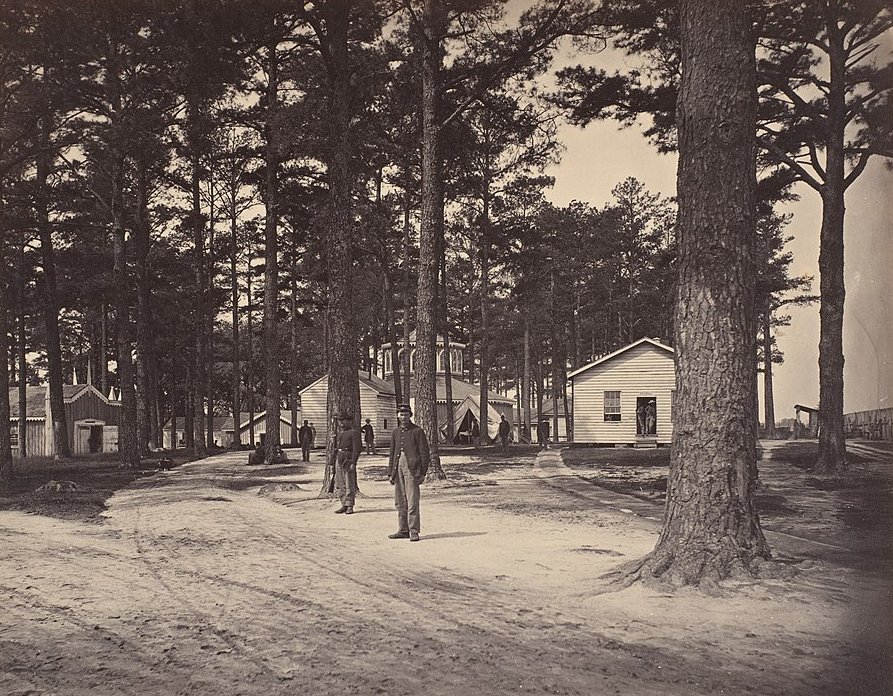 Thomas C. Roche, CC0, Wikimedia Commons
Thomas C. Roche, CC0, Wikimedia Commons
Over 150 Years Later
Fast forward to 2023 and an anonymous metal detector/treasure hunting enthusiast in Kentucky. In an undisclosed farm field in the state, over 700 coins from the Civil War era finally saw the light of day again.
Are They Really That Valuable?
Let's be honest: If you dug up a coin in your backyard, would you really think it was a piece of history? Probably not, and that's why the discoverer of the hoard called in the experts. Rare coin dealer Jeff Garret called handling the hoard one of the highlights of his career.
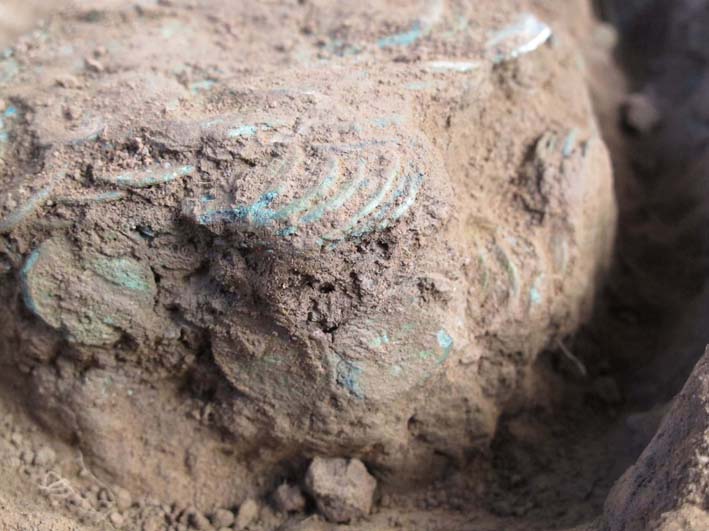 Birmingham Museums Trust, CC BY 2.0, Wikimedia Commons
Birmingham Museums Trust, CC BY 2.0, Wikimedia Commons
20 Years Of Riches
The coins date from the years 1840 to 1863. All are gold, along with a scattering of silver coins, and are among the rarest coins in American history. Their values, at the time of minting, ranged from $1 to $20 (USD), but they're worth significantly more now.
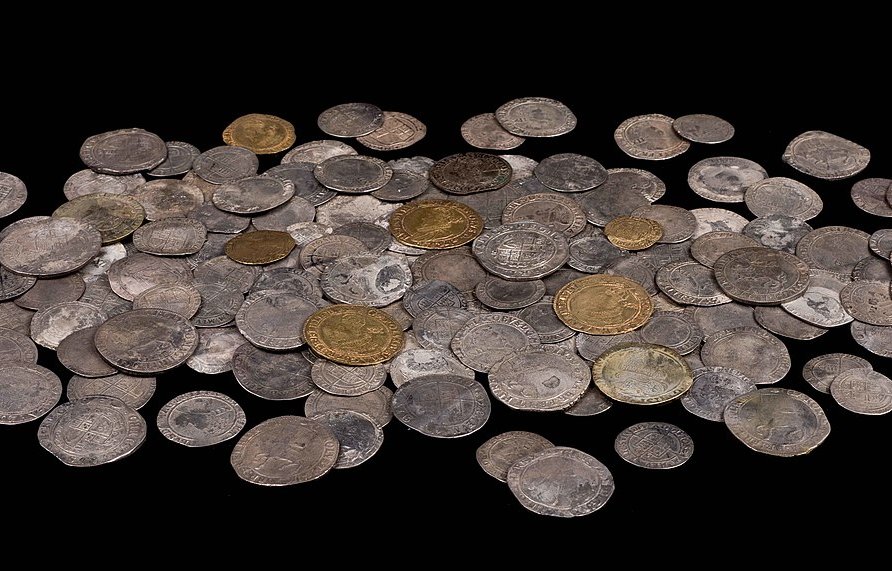 Yorkshire Museum, CC BY-SA 3.0, Wikimedia Commons
Yorkshire Museum, CC BY-SA 3.0, Wikimedia Commons
A Historical Rarity
Another contributing factor to the rarity of the coins is that not many new coins were minted during the Civil War. When combined with their condition and age, this makes the Kentucky Gold Hoard one of the most important treasure finds in US history.
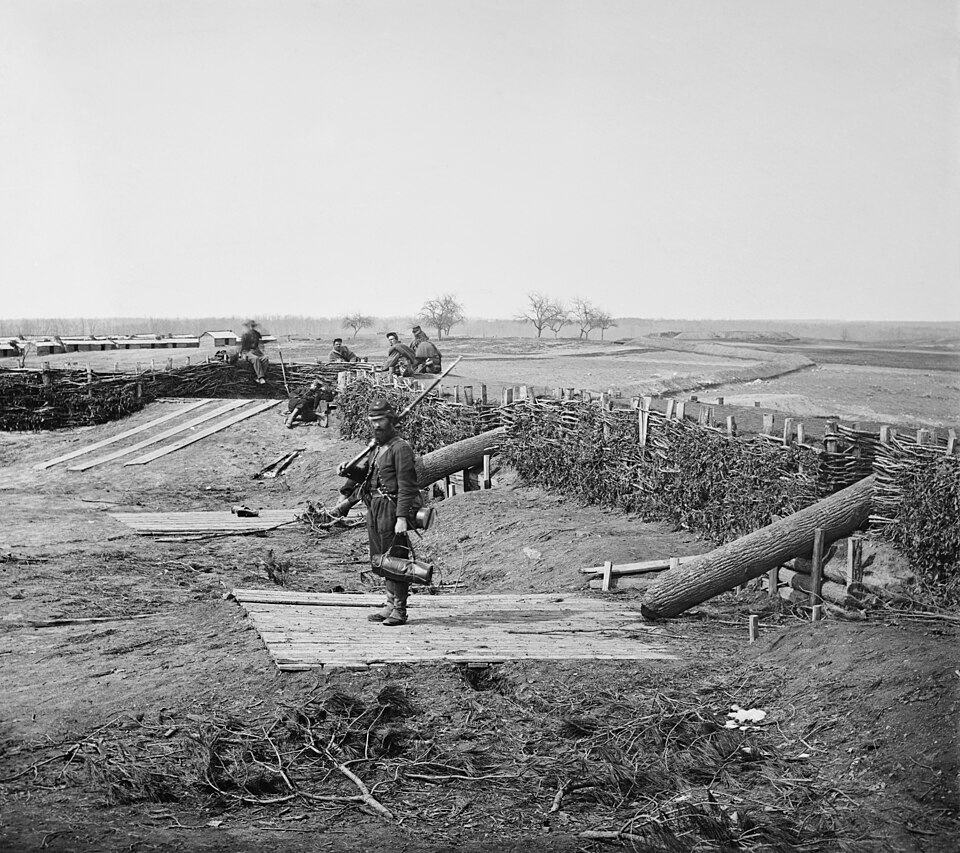 George N. Barnard, Wikimedia Commons
George N. Barnard, Wikimedia Commons
Making The Grade
As the coins are now collectibles, it was important to certify that they're the real thing. After digging up the coins, they were sent to the Numismatic Guaranty Company (NGC) for cleaning and grading. The condition of the coins affects the price they'll eventually sell for.
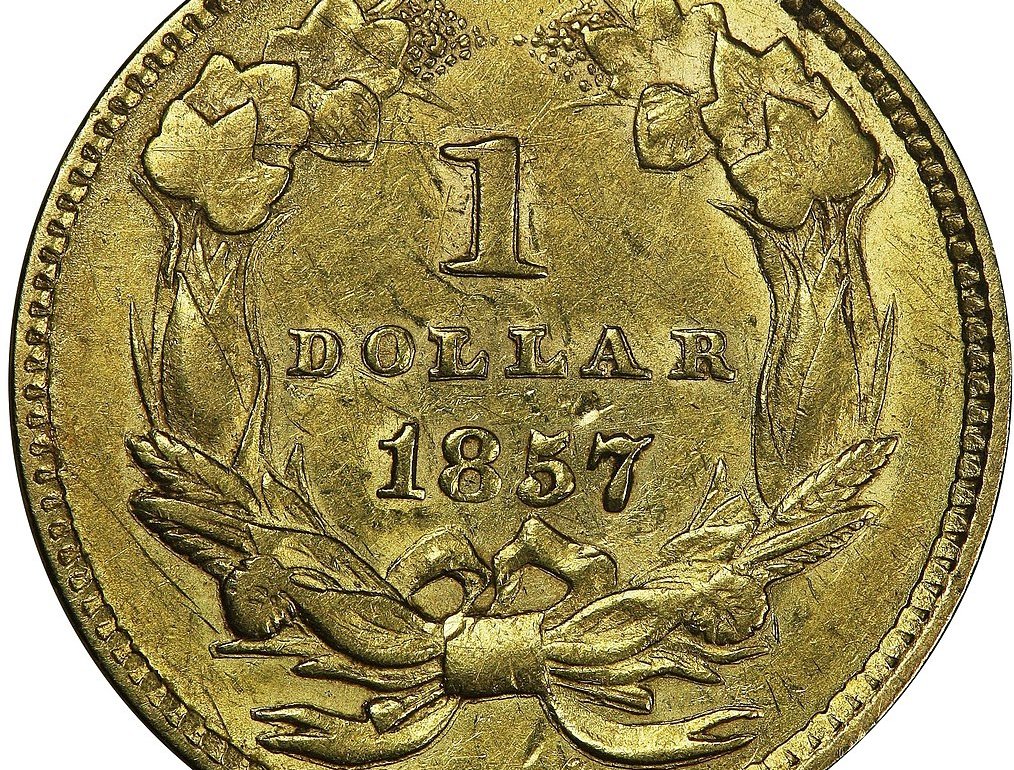 Lost Dutchman Rare Coins, Wikimedia Commons
Lost Dutchman Rare Coins, Wikimedia Commons
Incredible Condition
Despite being buried in the dirt for over 150 years, the coins are in remarkable shape. NGC graded the coins between "Extremely Fine" and "Mint" condition, meaning that some of the coins probably never saw use before being buried.
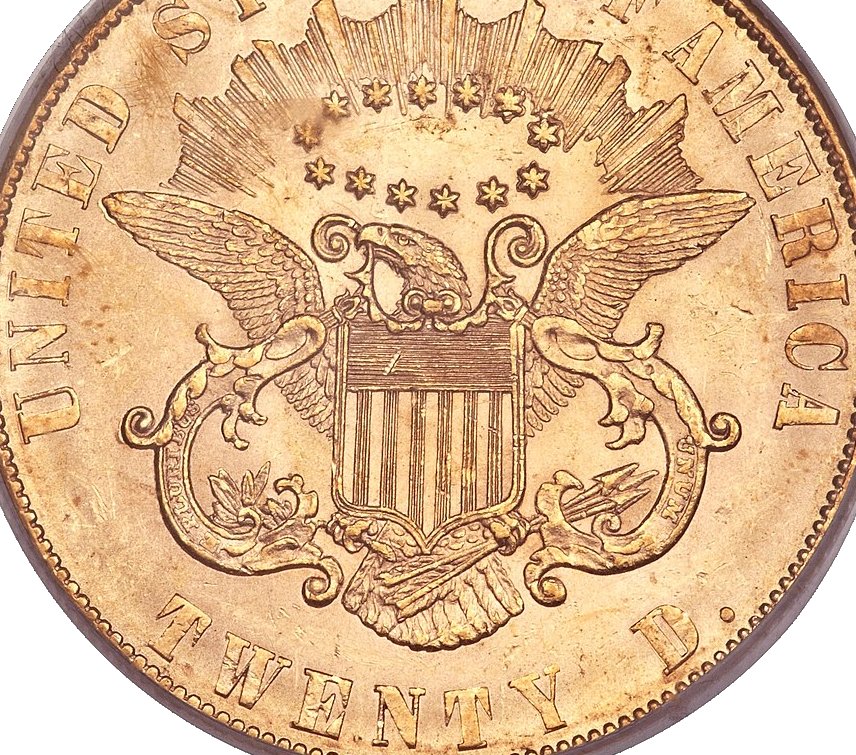 Image courtesy of Heritage Auctions, Wikimedia Commons
Image courtesy of Heritage Auctions, Wikimedia Commons
Rare Pedigree
Not all buried treasure gets a name like the Great Kentucky Gold Hoard. NGC, after inspecting and cleaning the coins, decided that this was a find of historic significance and awarded it the pedigree of its name.
Interesting Origins
The coins that comprise the Kentucky Gold Hoard were struck in 90% gold between 1840 and 1863. They came from the mints in Philadelphia, Denver, San Francisco, New Orleans, and Carson City, along with one other mint that had collectors take notice.
The Dahlonega Coins
Bearing a mint mark of the letter "D", some of the coins come from the Dahlonega mint, which was set up during the Gold Rush. According to AustinCoins.com, "less than 1% of the 'D' mint coins survive today", making those in the Kentucky Hoard a remarkable find.
A Confederate Mint
The Dahlonega Mint was taken by Confederate forces in 1861, and rumored to have produced some Confederate-era gold coins. The number of coins manufactured under Confederate control is still unknown.
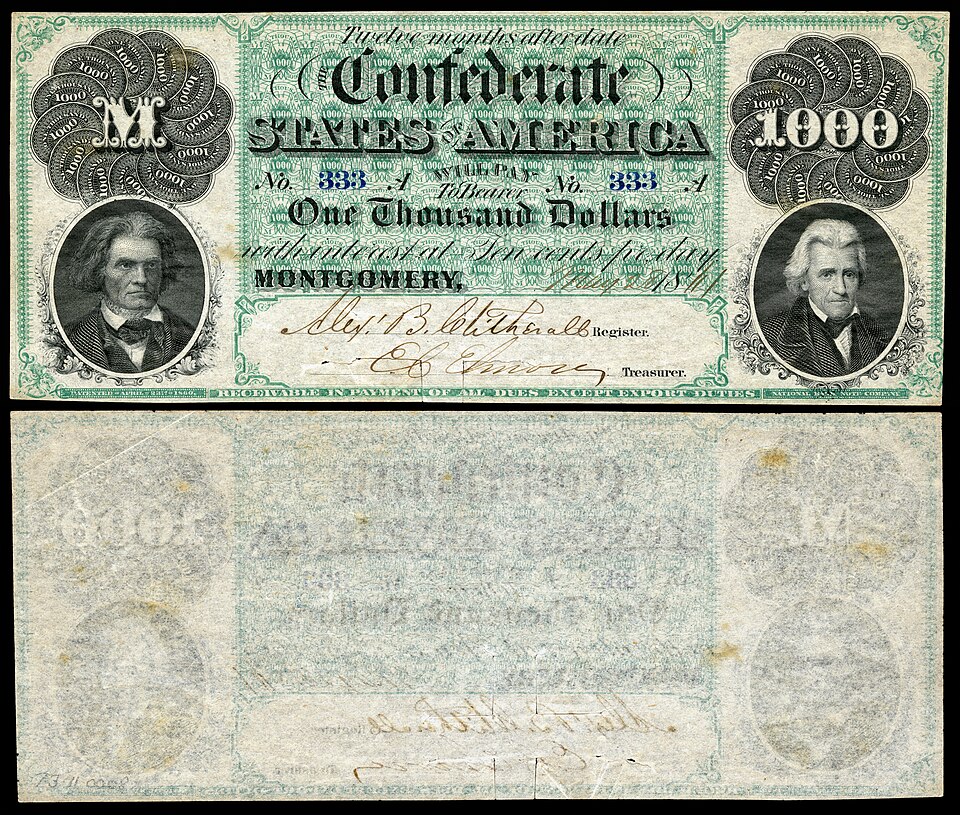 National Numismatic Collection, Wikimedia Commons
National Numismatic Collection, Wikimedia Commons
A Casualty Of War
After the conflict ended, the federal government decided against reopening the mint. The building sat unused for almost a decade until it was finally turned into the academic building of North Georgia College in 1873.
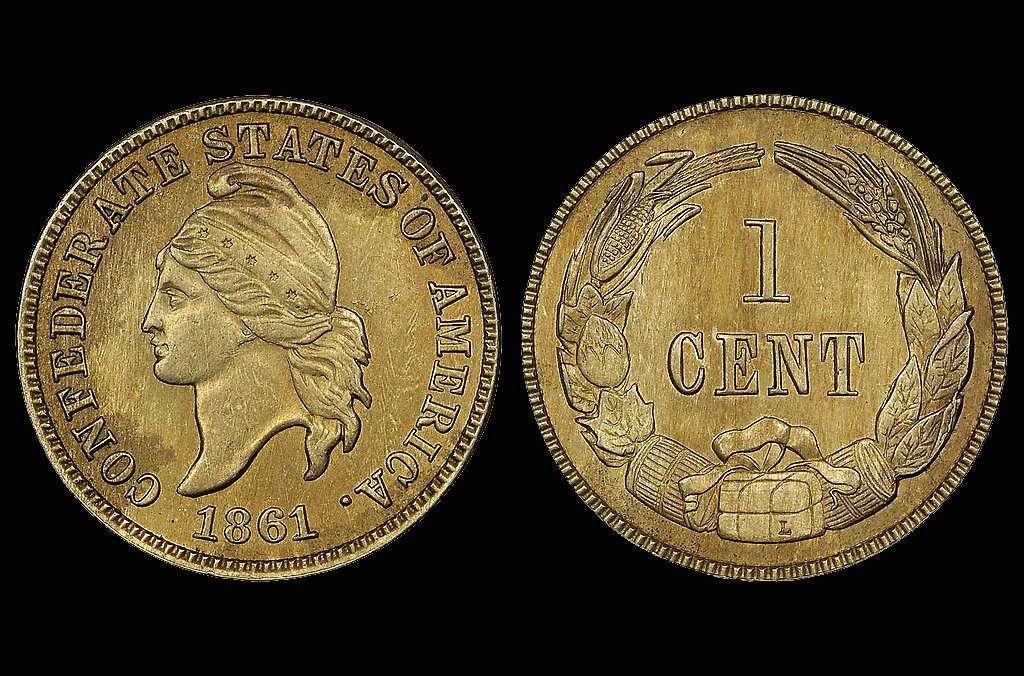 Image courtesy of Heritage Auctions, Wikimedia Commons
Image courtesy of Heritage Auctions, Wikimedia Commons
A Lot Of Dollars
It might be hard for us to imagine now, but most of these gold coins were only worth $1 originally. 95% of the coins in the hoard were Type I, II, and III gold dollars, according to GovMint. The remaining 5% were $10 and $20 gold Liberty coins.
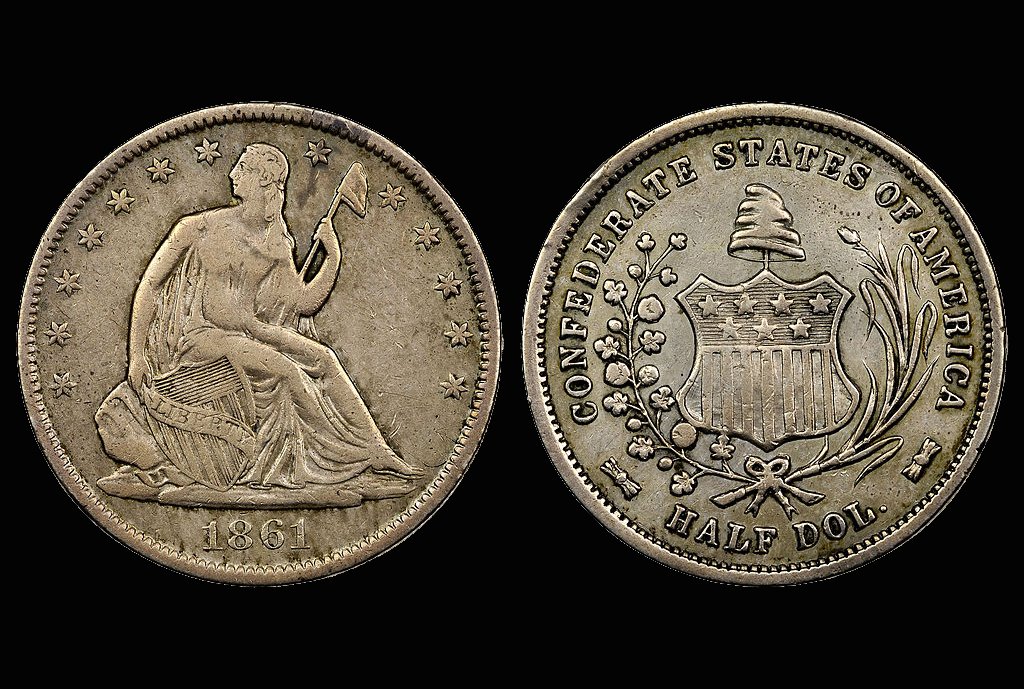 Image courtesy of Heritage Auctions, Wikimedia Commons
Image courtesy of Heritage Auctions, Wikimedia Commons
$20 Gold Liberty Coins
One of the most amazing parts of the find was extremely rare 1863 $20 Gold Liberty coins. These are among the rarest of the $20 Gold Liberty series, and an individual coin can sometimes command six-figure prices!
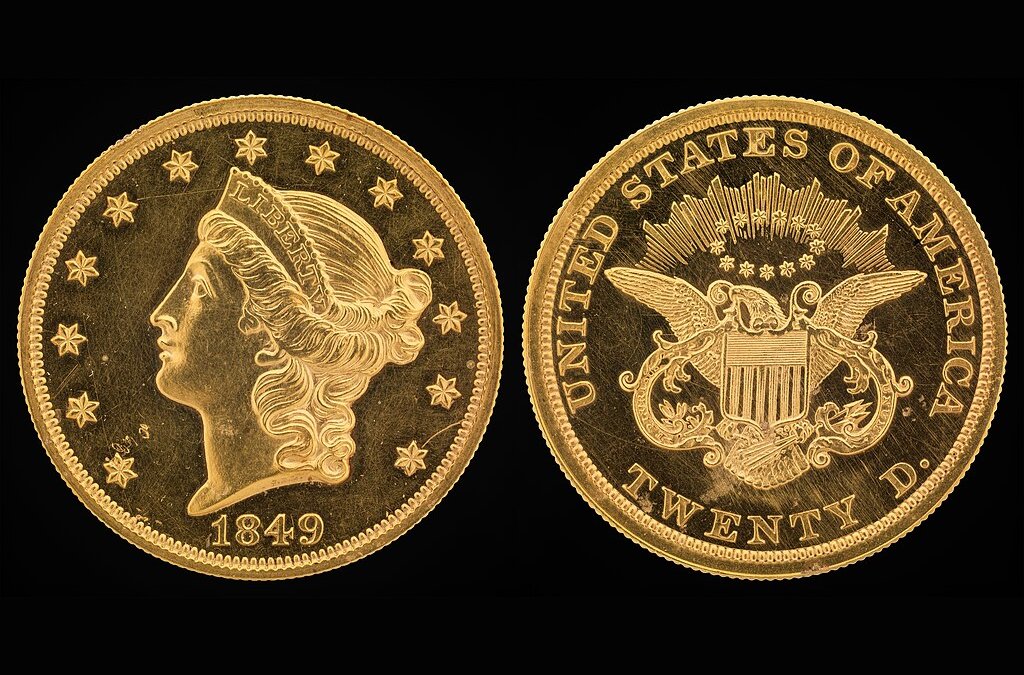 Jaclyn Nash, Wikimedia Commons
Jaclyn Nash, Wikimedia Commons
1863 Liberty Double Eagles
Another extremely rare find in the hoard were a few 1863 Liberty Double Eagle coins. Seller GovMint.com, who handled the sale of the hoard coins, say that coins with this date are "super-rare" and "scarce in all grades".
Much More Than $20
The double eagles are incredibly valuable coins. GovMint listed the now sold-out coins from the Kentucky hoard for $100,000 each. The highest price commanded for one was $381,875 at an auction.
How Much Is The Hoard Worth?
While it all depends on how much people are willing to pay, there have been some speculations on how much the whole hoard is worth. Lower figures point to about $1 million, while Andrew Salzberg of the Certified Collectibles Group believes that the hoard might be worth over $2 million.
Important Despite Its Value
Setting aside for the moment how much the coins are worth, the find is also of great historical significance. It paints a picture of what coinage of that era looked like and how people in the middle of a violent conflict thought about preserving their wealth.
A (Mostly) Lost Practice
It would be difficult for modern people to bury treasure in this way. While some people do still use cash, electronic funds are much more prevalent in Western society. And, unfortunately, burying your debit card until the conflict ends is not quite the same thing as burying gold coins!
Should You Go Treasure Hunting?
This might inspire you to grab a metal detector and head for the Bluegrass State. And while there are lots of rumors of treasure just waiting for a lucky hunter to unearth it, remember that Kentucky is a big place, and coins, in general, are really pretty small.
You May Also Like:
Archaeologists Found An Ancient God In A Sewer
A Researcher Found The Location Of A Ship Carrying 22 Tons Of Gold And Silver
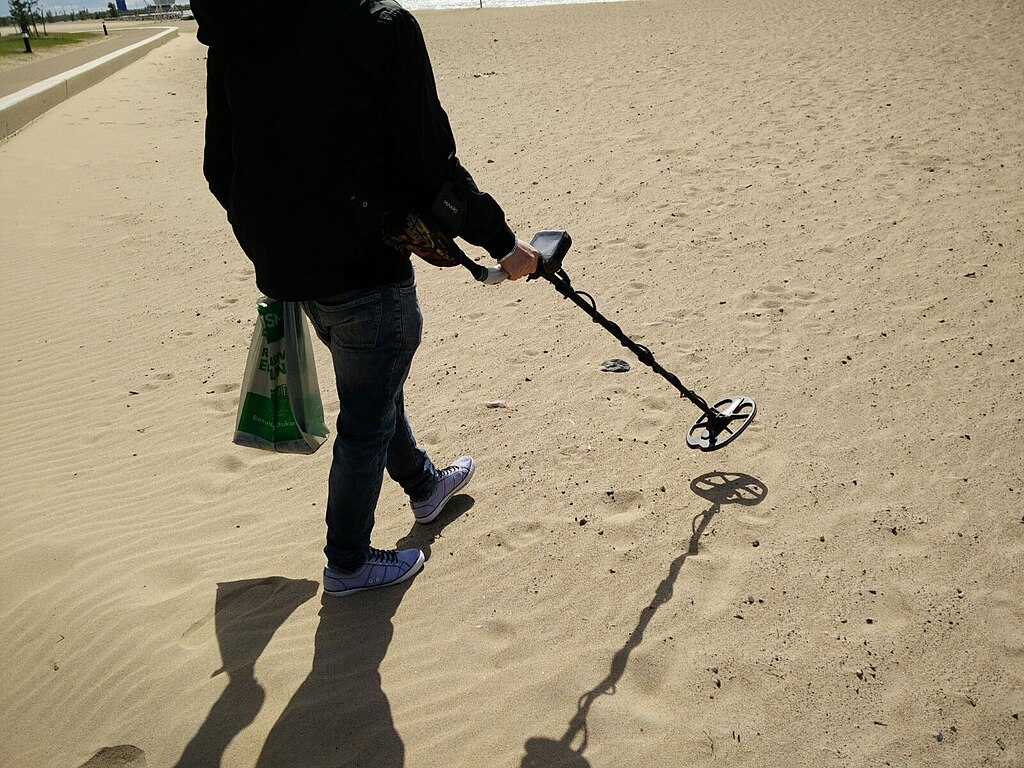 Kyösti Viinamäki, CC BY-SA 4.0, Wikimedia Commons
Kyösti Viinamäki, CC BY-SA 4.0, Wikimedia Commons

